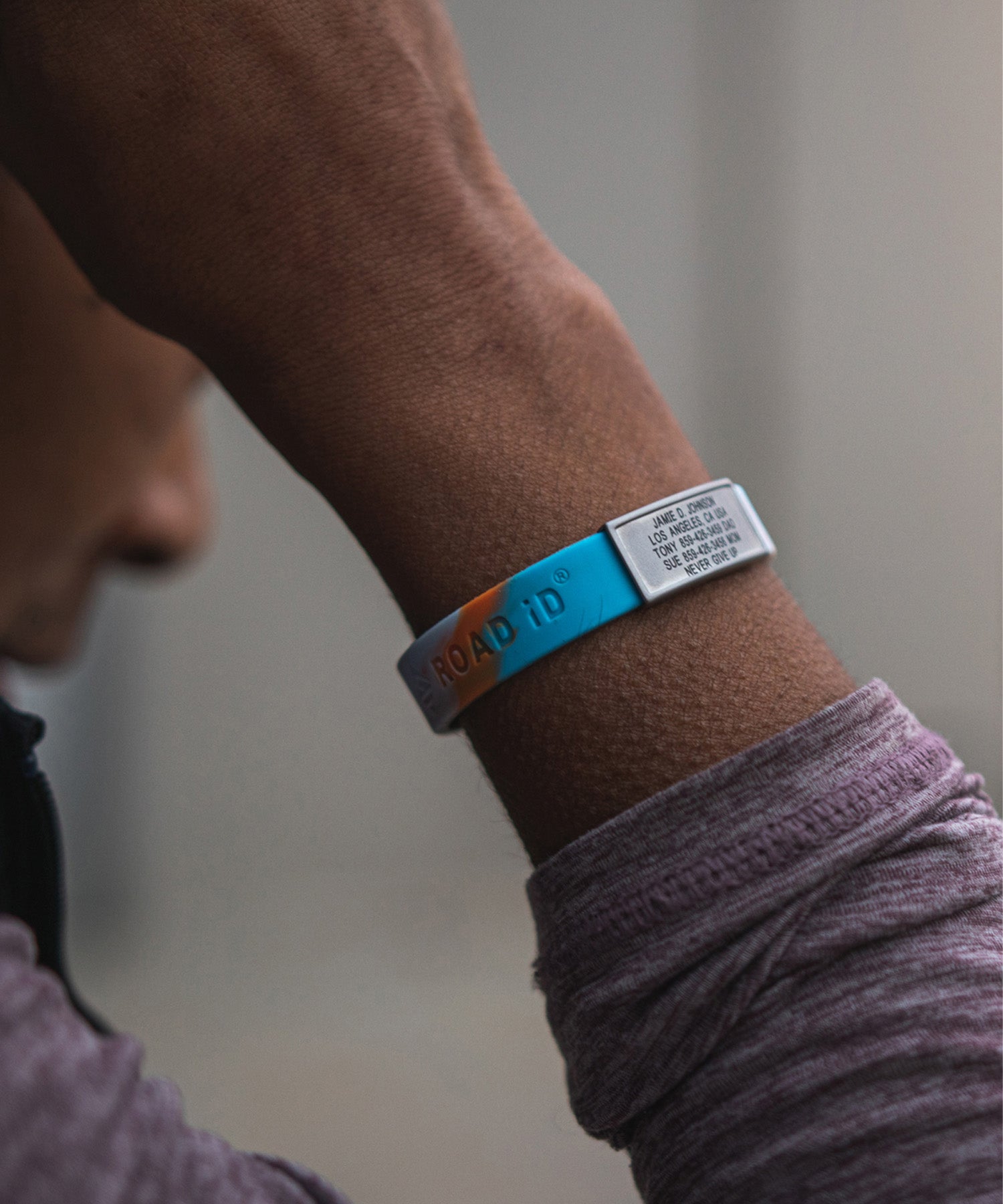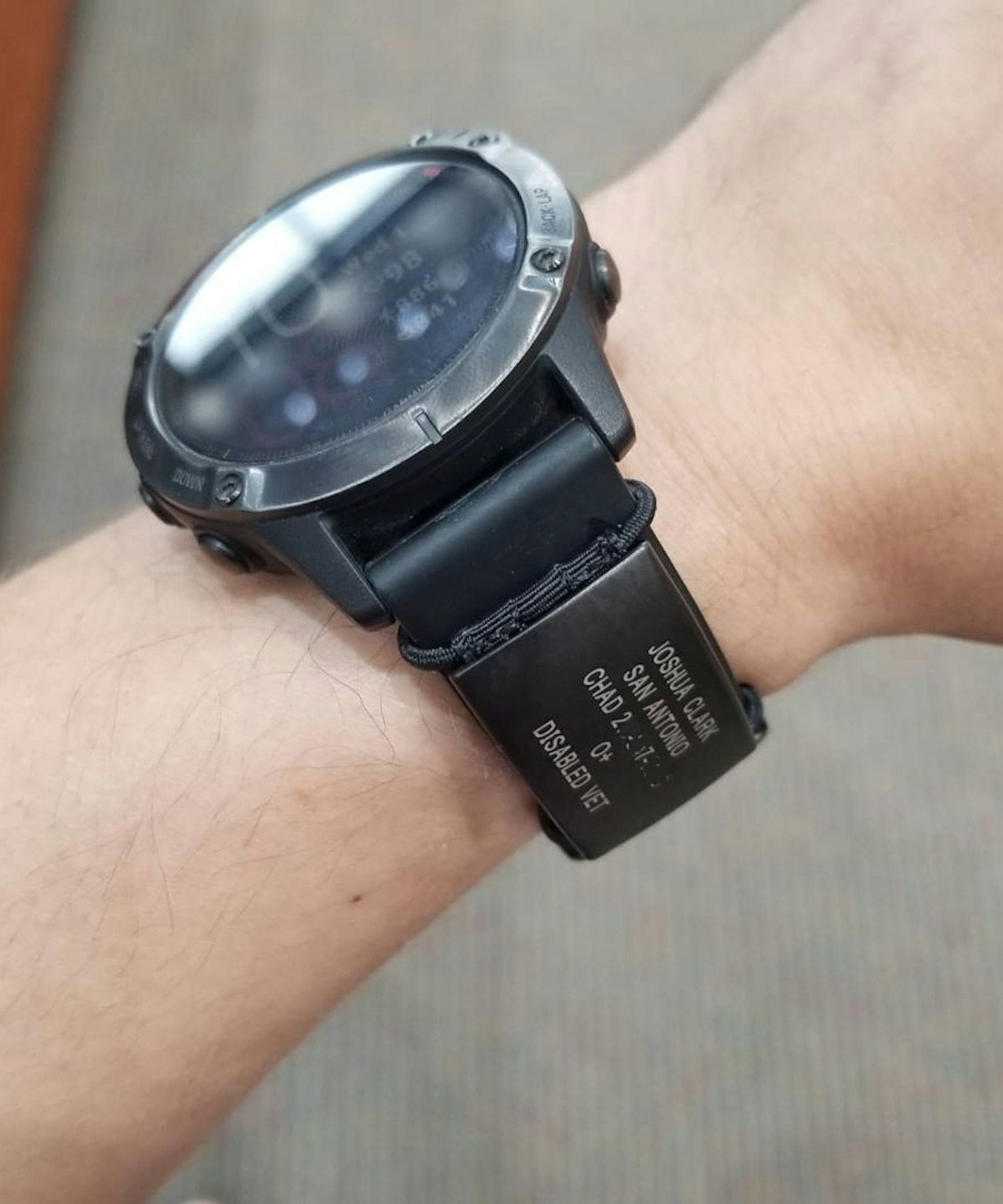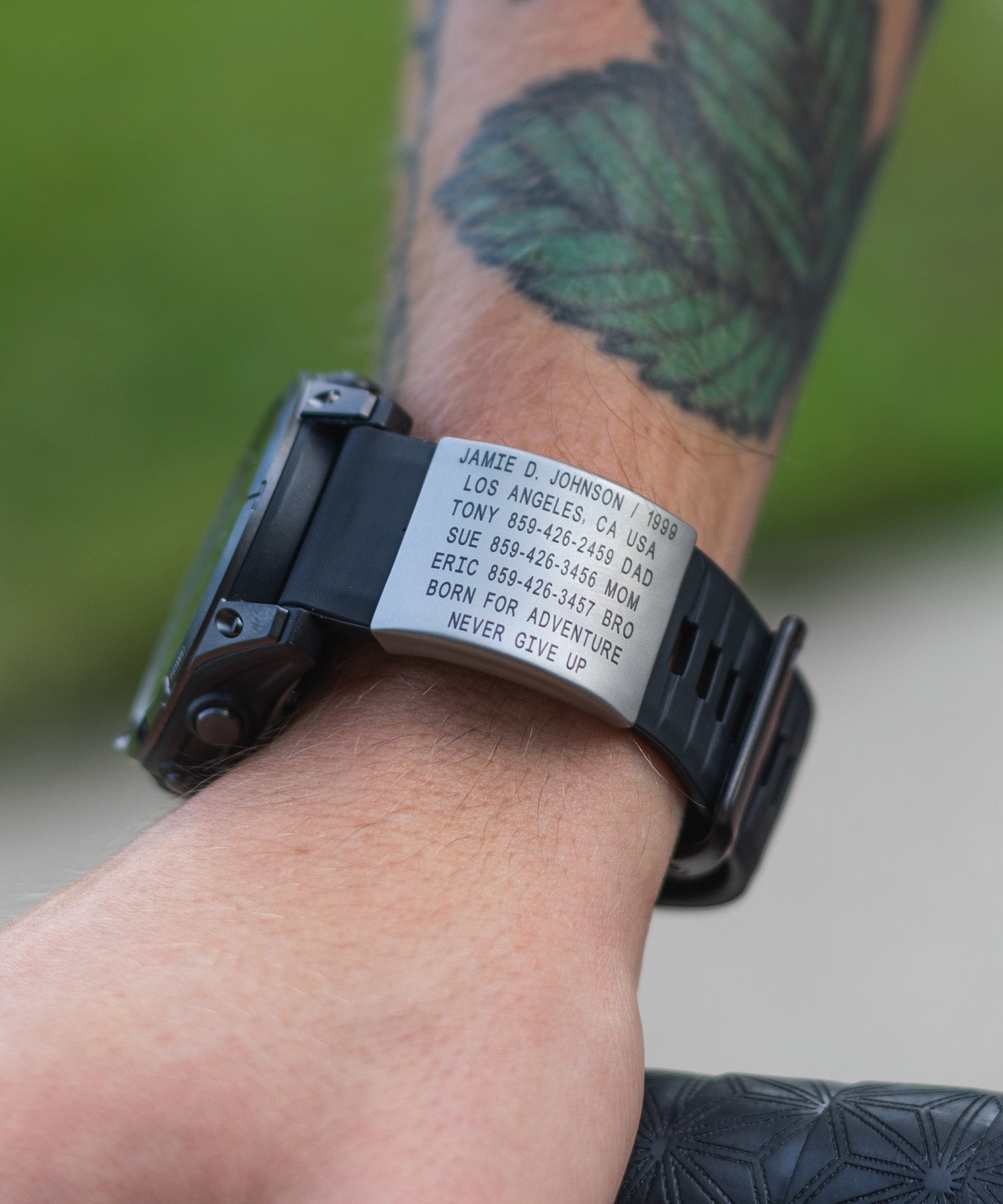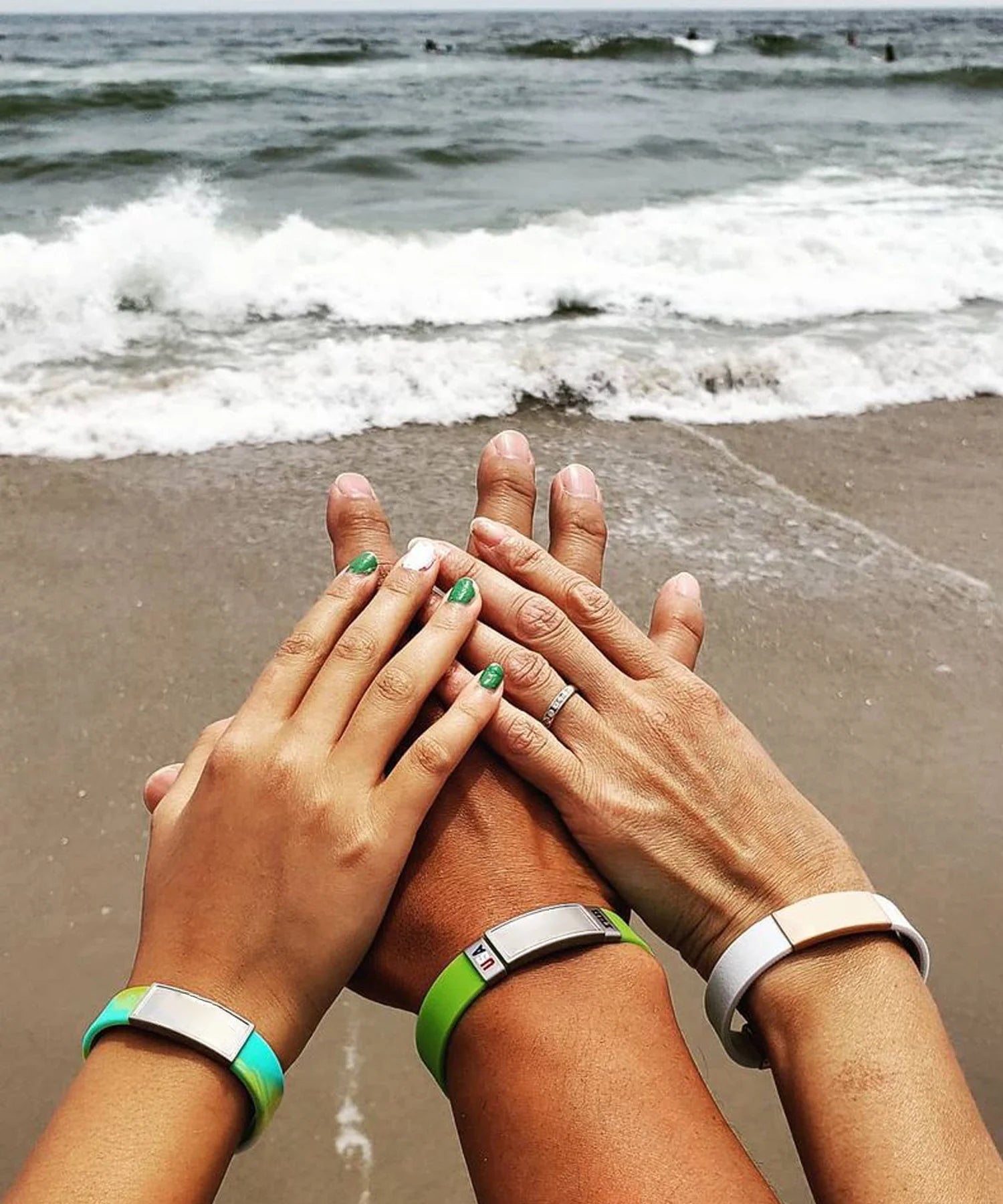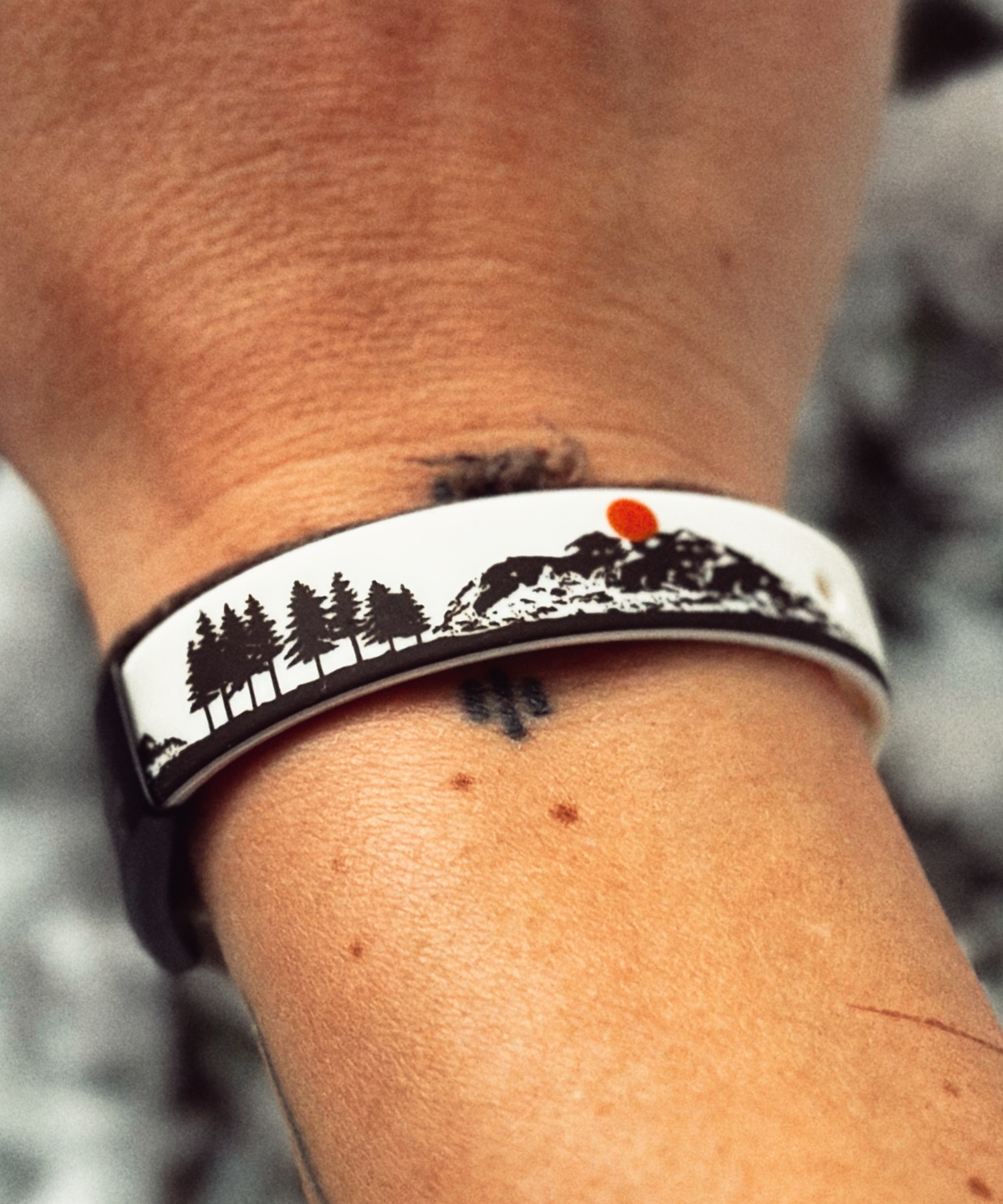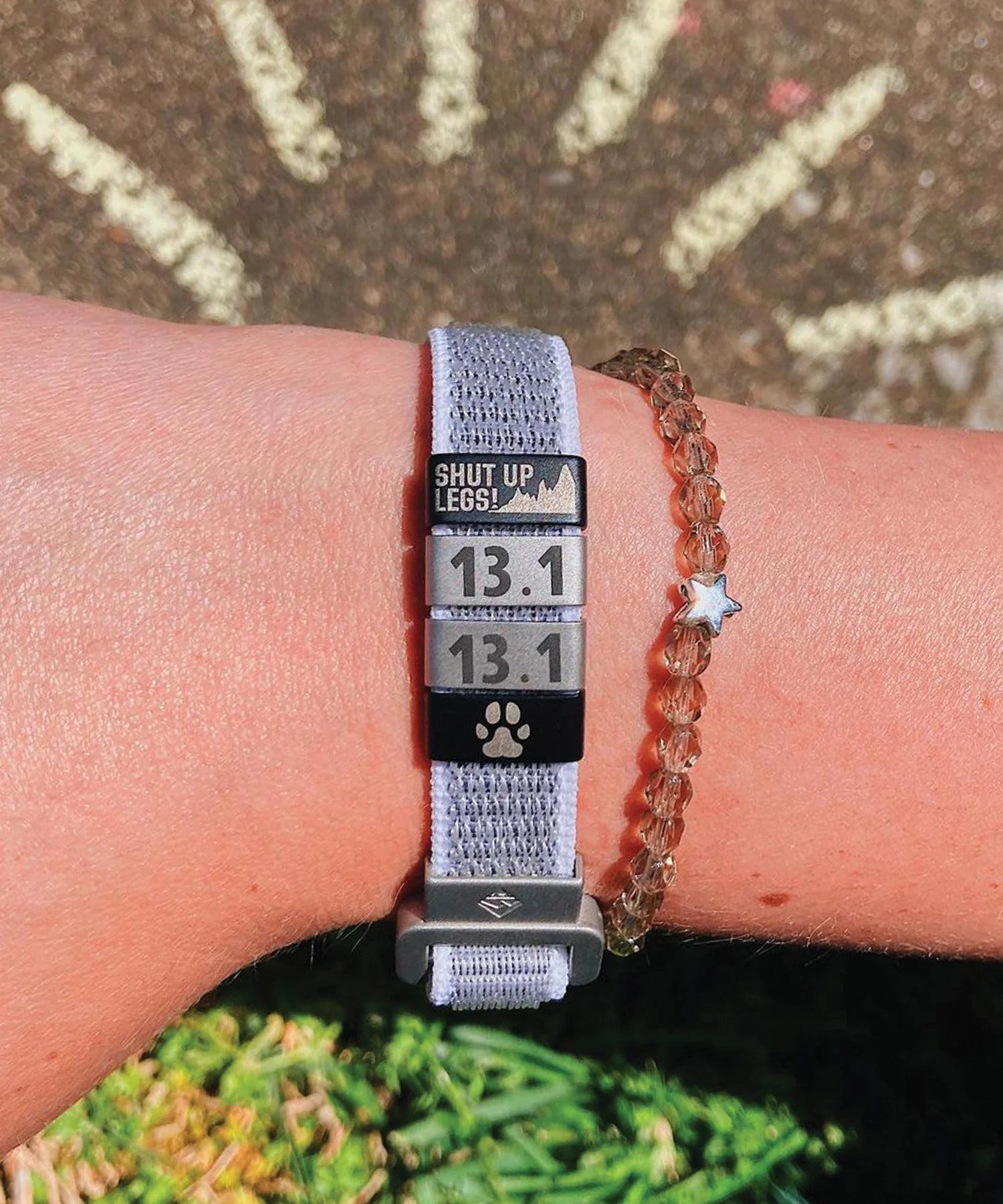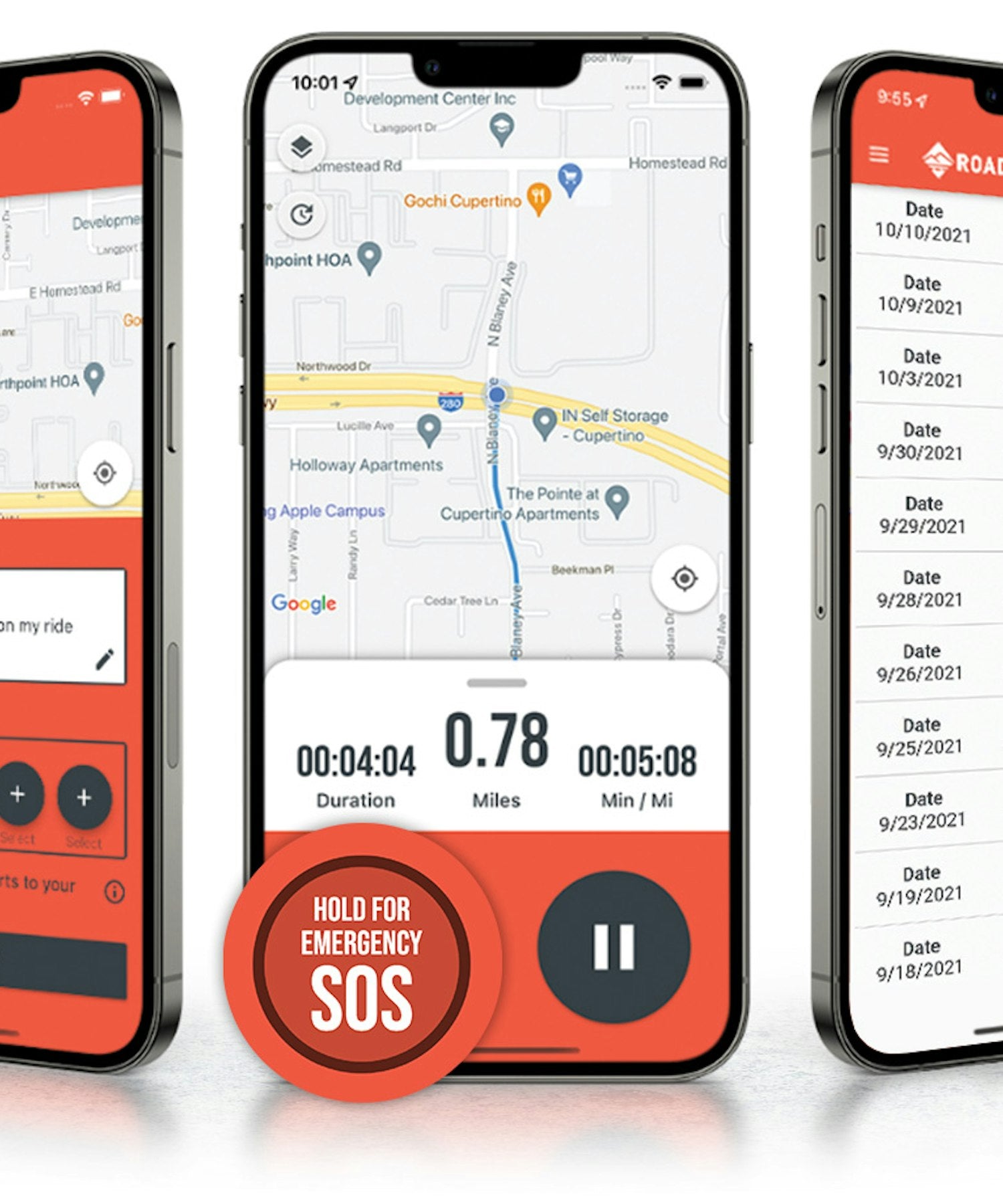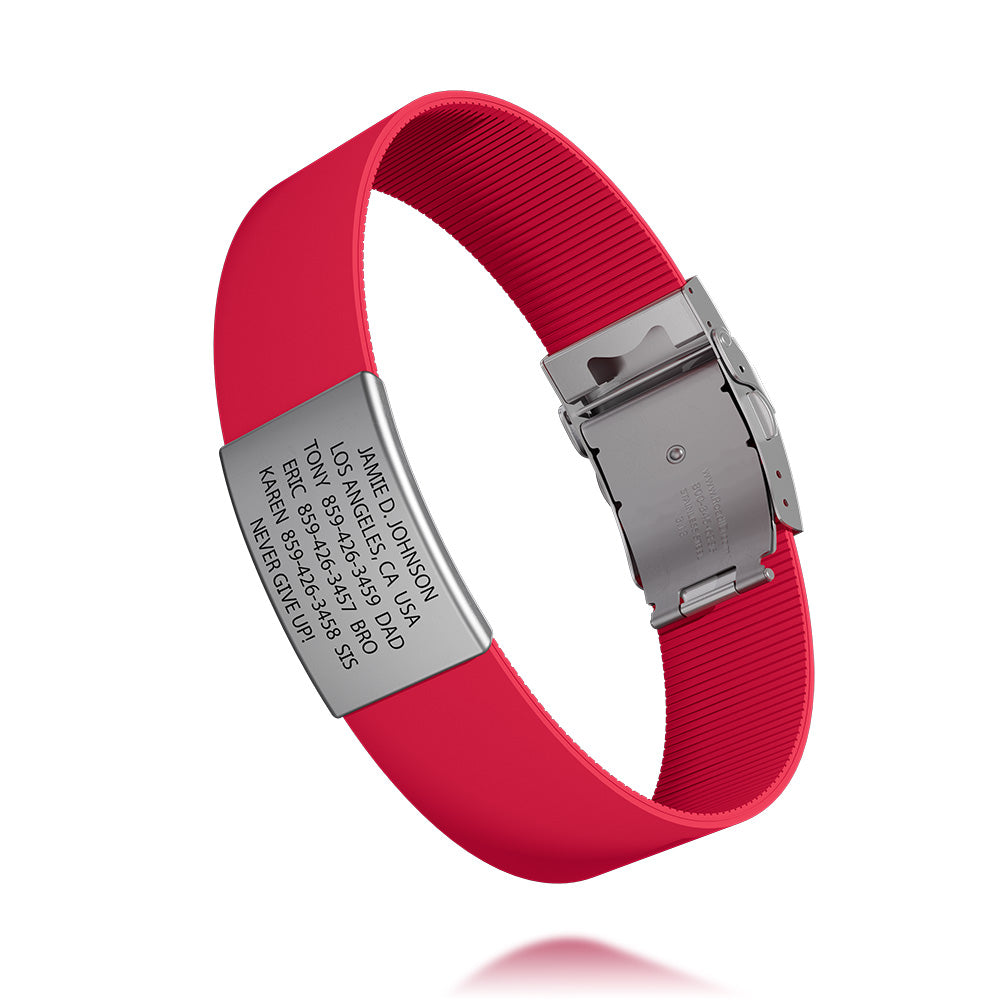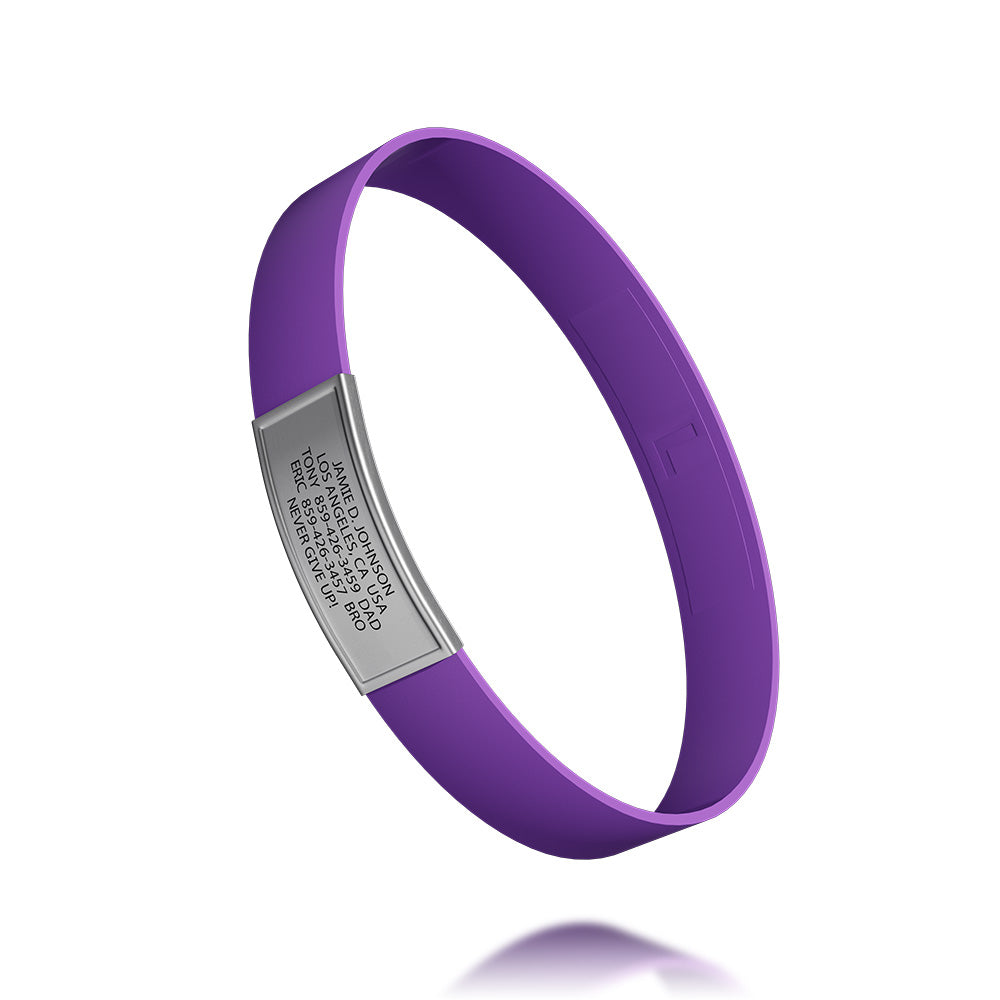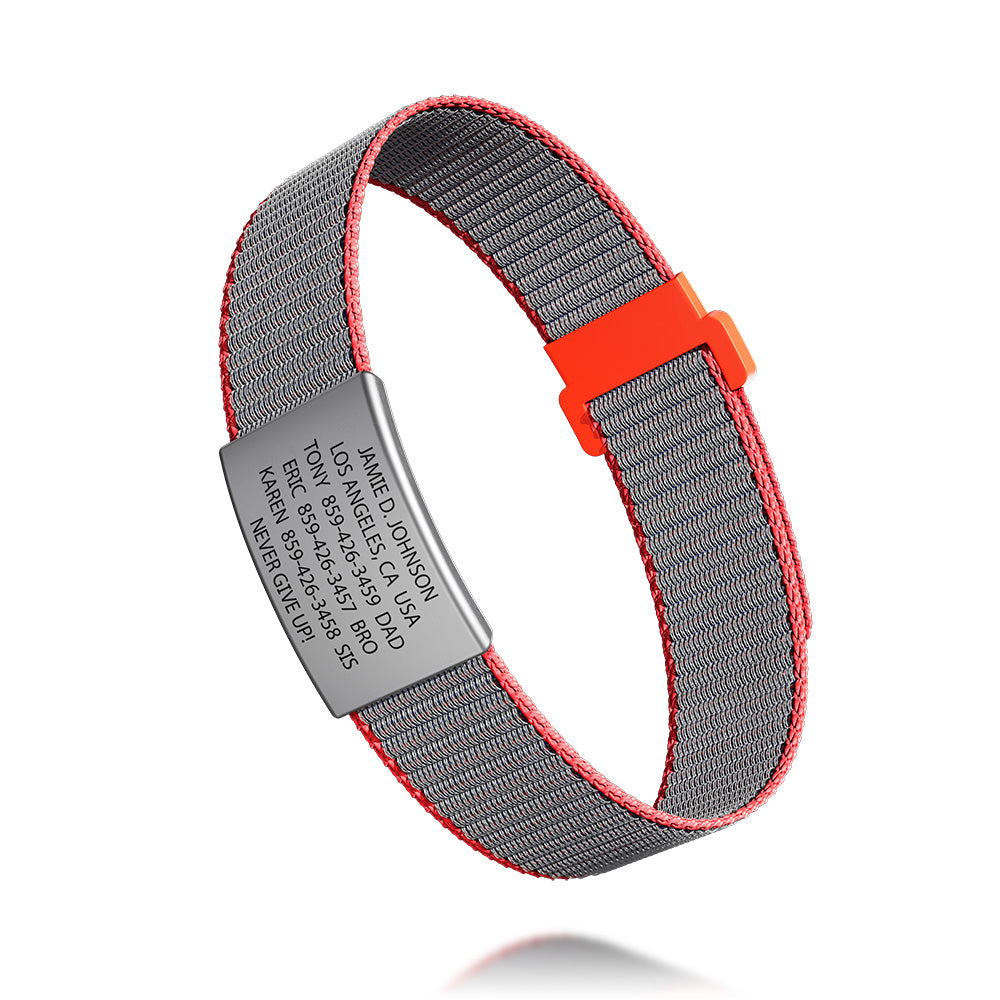
Running a marathon is a feat that many people hope to undertake someday. Marathon running is seen as a valorized sport, where individuals are able to endure thorough physical and mental pain for hours on end. Marathon training is essential if you want to conquer this distance successfully.
If you’ve ever thought of running a marathon but never got around to it, 2021 might be your year. Maybe you got into running during 2020, you’ve been a lifelong runner who never quite got to that distance, or you’re someone looking to break a streak of inactivity. Embarking on a marathon training program is the first step to realizing that dream.
But where do you begin with marathon running? Sure, it’s something you can just do, but it’s in your best interest to follow a dedicated marathon training schedule for months leading up to race day. Investing in the right marathon running gear is also crucial. And if you’re someone with a medical condition, there are ways to train and race safely while wearing a running bracelet.
Here’s how you should start marathon training.
The Marathon Distance
Whether you’re running in Boston, New York City, Berlin, Tokyo, or Death Valley, the marathon will always be the same distance: 26.2 miles. It is based on Greek history where in 490 BCE, the Greek messenger Pheidippides ran from Marathon to Athens to announce their army’s victory over Persian invaders. After arriving and announcing the Grecian’s victory, Pheidippides collapsed and died.
The marathon was born in his stead. And even if you don’t have a message to dramatically orate at the end, it’s a journey that deserves celebration.
Before You Begin
Before you up and run a marathon, you need to be aware of what to expect. If you’ve run a 5K, 10K, or half-marathon, you’re part of the way there, but a full marathon is a unique challenge. Your marathon training program must be tailored, runs will be longer, you’ll be spending more time on your feet, and recovery periods will extend. It’s a totally different mental game, and having the right marathon running gear will make all the difference.
Helpful Marathon Gear
Proper Running Shoes
First and foremost, every runner needs proper running shoes in their running gear. You might think that all shoes are built the same, but there’s more to it than their design. There are high-cushion and low-cushion shoes, shoes with different heel-toe drops and different structures for low and high arches.

Shoes will depend on your foot type, gait, style of running and more. We recommend getting professionally fit for running shoes, especially if this will be your first marathon. You can get these shoes at any run specialty store.
Running-Specific Socks
Not all socks are built the same either. Brands like Feetures offer high-quality socks that cradle the arch of your foot and wick moisture away from the skin — the latter being exceptionally important for reducing blisters while improving comfort on long runs.
Comfortable Clothing
Similar to specialized socks, you should also be wearing moisture-wicking, comfortable clothing.
Energy Gels
Some of your longer training runs might get up to near 20 miles. In this event, you’ll need some extra energy along the way. You don’t want to hit the dreaded runner’s wall. Energy gels are a great way to hold your energy and fight off lactic acid buildup. They’re the perfect texture to easily consume and digest essential carbs and salt whenever your body needs it.

Handheld Water Bottles
Along with energy gels, you’ll want to carry water for your long runs. Handheld water bottles are a great option, as you can bring water along with complete ease, stay hydrated and avoid getting tuckered out.
Hydration Packs
Don’t feel like carrying water by hand? Go for a hydration pack instead, which will comfortably distribute the weight across your back. Moreover, they tend to include extra pockets for your gels, phone, ID and more.
Medical Alert Bracelets
Medical alert bracelets are an essential piece of gear for any runner with a medical condition. While you don’t want to imagine it, you may have a medical emergency while out on a training run. A medical alert bracelet can be a literal lifesaver in such an event.
Whether it’s diabetic jewelry or stating what medications you’re on, a medical alert bracelet is a must.

A Watch
It’s useful to wear a watch while training. For some runners, they’ll be happy with a traditional digital watch — capturing just the time to track mile times. The more tech-centric runners might want a GPS watch, which will allow you to more accurately track your distance and map out routes.
Music (if you need it)
Some might run with music to get through long training runs. You’re not alone if you need it. However, it’s smart to ditch the headphones every once in a while — if you’re particularly dependent on them. This way, you can listen to how hard your feet are landing on the ground, listen for nearby vehicles and keep track of your breathing.
The Training Regimen for Marathon Running
Most marathon training regimens tend to be, max, 20 weeks. Here’s how it breaks down.
Starting from Zero or a Baseline
You’re going to want to take it easy when you first begin, whether you’re starting from zero or are training with some consistent distance under your belt. Chances are you’re starting a few months out when training to run a marathon. The last thing you want is to get injured from the get-go, so don’t run too hard or too fast when starting out.
A good rule of thumb is to increase your weekly mileage by more than 10-15 percent each week —e.g., 20 miles one week to a max of 22 miles the next. And if you plan on increasing your running speed (minutes per mile) at some point, don’t increase your mileage that week. You should limit overdoing stress whenever possible.
A Month in
After four weeks, you’ll have been building up mileage steadily. Where you once started running three times a week, maybe you’re up to more.
Run Some Shorter Races
This might sound insane —you’re training for a long race some time from now —but it’s a good idea to run some races prior to running your marathon. Why?
Training and racing are two different beasts. There are other people racing alongside you, the atmosphere is more electric and you’re competing (against yourself, others or both).

We recommend pairing races with the distance you’re running over time. For instance, if you’re training on a 20-week schedule, race the following:
- Four weeks: 5K
- Eight weeks: 10K or 10 miles
- Twelve weeks: Half-marathon
By spacing them out, you can effectively get your rest without overworking your body leading up to your big race day.
Exercise Alongside Running
Marathon running takes quite a toll on your body. Cross-training is a great way to improve your overall health and recovery. While running is a whole-body workout, the issue is that you’re using very specific muscles in the process. You can improve your daily workouts by integrating a variety of other workouts, whether it be swimming, running, cycling or yoga. Most importantly, weight training can be greatly beneficial, strengthening your core, hips, glutes, quads and ankles.
Mental Toughness
One thing you’ll learn by talking to a trained marathon runner is that marathon running is 50 percent physical fitness and 50 percent mental toughness. How so?
Racing up to the half-marathon distance is, if you’re conditioned, all physical. That distance can creep up on your mind, but it’s mainly a physical effort. But once you cross over 13.1 miles, it’s mainly a task of the mind.

Consider how you train for a marathon. For some runners, their longest run prior to the race will be a half-marathon or some distance slightly above that. If that’s the case, you have a whole other half-marathon to run. You’re not used to running a half-marathon once you’re fatigued.
How does this weigh on you? Mentally, most of all. It will be physically painful throughout this, but most of the work will have to be mental. You’ll be left alone with your thoughts, asking yourself hundreds of times a mile why you don’t quit right there on the side of the road.
There’s no real training for this except for keeping a positive attitude. A lot of people approach running as if it is a chore, using music to overcome daily training and hating most of the process, stride after stride. But keep your head up and remember why you’re doing it.
Active and Passive Recovery
Training doesn’t mean beating up your body day in and day out. Successful training is as much about recovery as it is about putting in the effort during workouts. Once your workouts are done, take the time to rest and recover.
This can come in passive and active forms. Active recovery involves low-level exercise, like yoga, swimming or biking, that lets you stretch your muscles and relax while remaining active — all without pushing too hard. Passive recovery involves no activity at all. You rest to rest, whether that’s sleeping in, icing your shins on your day off or generally taking it in.

Successful marathon training requires recovery and it’s important that you don’t overlook its importance. The last thing you want is to get injured two weeks before race day because you overworked yourself by not taking time off.
A Few Weeks Out from Race Day
As your race nears, you need to begin tapering. This means decreasing your weekly mileage each week. There’s a specific reason why this works: You’ve hit your peak mileage in training, so you’ve built an excellent baseline of strength and conditioning. Now you’re going to begin decreasing your weekly mileage as it ensures your body recovers more and more.
This means you’ll be properly recovered for race day, so you can race at 100 percent rather than 80 percent.
Race Day
A Few Days Out
Begin loading up on carbs. Carb loading is best done when completed a few days in advance, allowing your body to establish sufficient glycogen storage. Otherwise, hydrate and rest whenever possible.
The Night Before
Get your rest. Do a short, slow workout and follow that with stretching. Move on to dinner — something full of carbs and enough salt. Hydrate and take it easy. Get to bed early, if possible, to ensure you’re rested for the morning of.
The Morning of
Get up, get some food and water in you and begin getting your gear together: get dressed in your racing gear; attach your identification number to your shirt or shorts; put on some warm-up gear; pack some recovery tools, food and water; pack some clothes for after; and put on your running bracelet.
An Hour Before the Race
Now is the time to warm up. Go for a short, slow shakeout run, do some basic stretching and perform some basic movements. Once you’ve properly broken a sweat and stretched out, now is the time to keep warm until you get to the starting line.
On the Starting Line
You’ve ditched the warm-up gear and now you’re on the starting line. Stay warm until you hear the starting gun by jumping around, keeping yourself in motion. Then, catch your breath, make sure your watch is zeroed and say hello to those around you.
And then you’ll be off.

Running the Distance
You made it! You trained for three to four months and race day is here. Now is the time to put in all your effort, giving it everything you have and achieving your goal.
But here’s an important thing: Even if you get sick or hurt halfway through and have to drop out, it’s not a failure. You still trained. You just had unfortunate circumstances. Your day will come again. And if you make it through, it’s time to rest and start all over again.
To stay safe on the day of, make sure you properly hydrate, consume gels throughout and wear your medical alert bracelet. Otherwise, have fun and live in the moment, along with all of the other runners around you.
Get Your Medical Alert Bracelet!

